Moving mountains: Jonathan Freemantle at Cape Town's Gallery MOMO
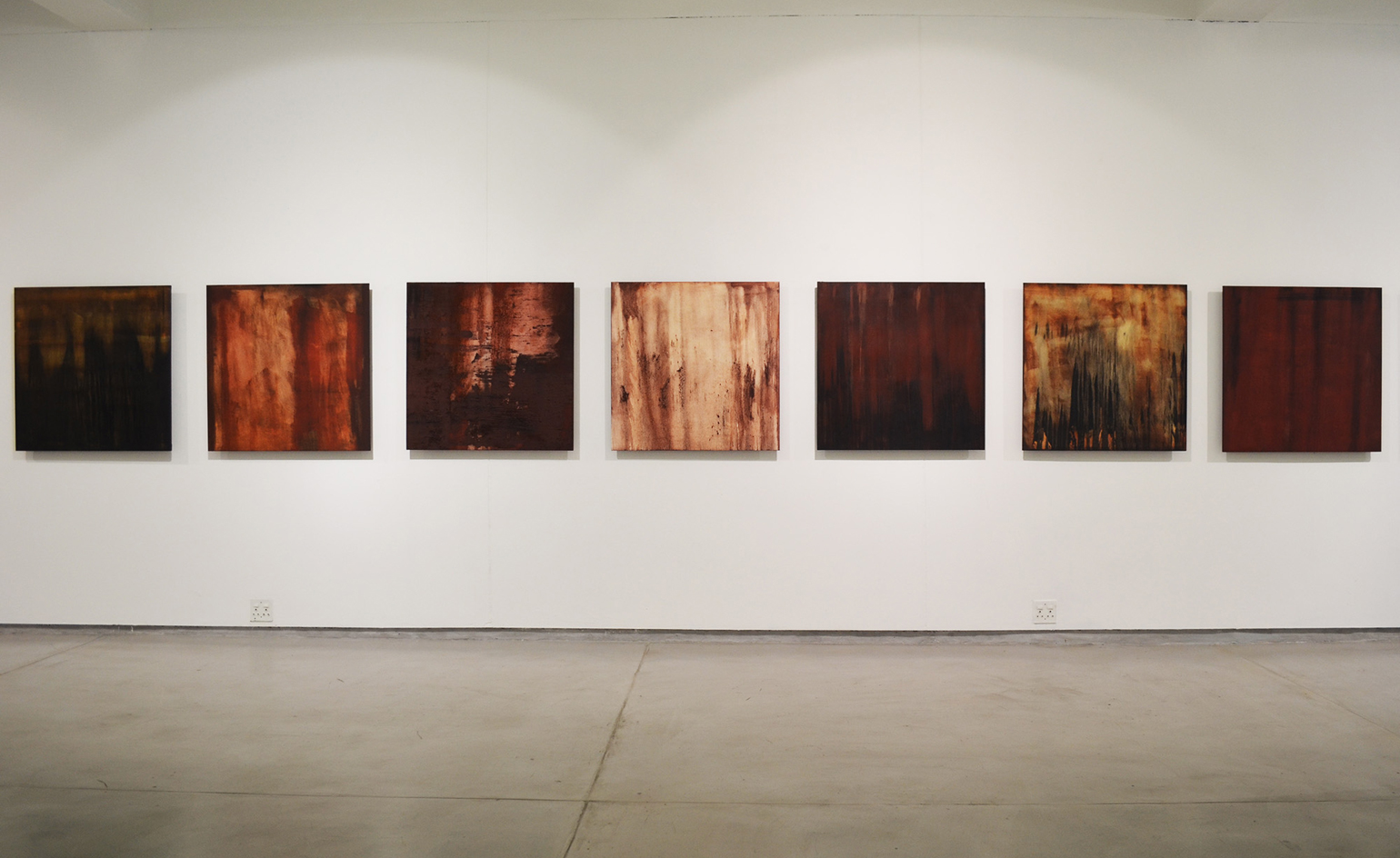
South African born artist Jonathan Freemantle has spent time with mountains throughout his life. He was born and bred near Cape Town's iconic Table Mountain, worked near the Magaliesburg range outside of Johannesburg and meditated at a remote mountain range in Scotland surrounding the Rannoch Moor.
In his latest show at the MOMO Gallery in Cape Town, the artist channeled exactly this mountain impulse into the work – collectively entitled 'Der Heilige Berg' ('The Holy Mountain'). Freemantle found the Scottish mountains after being directed by Richard Demarco; and as it turns out, so did Joseph Beuys in the 70s, who declared it 'the last remaining wilderness in Northern Europe' (images of Beuys on Rannoch Moor are incorporated into the show).
The mountains, now on canvas, are painted from rocks, ochres and slates gathered from two of the ranges he’s spent time in. Freemantle would methodically grind these materials down into powder and then mix them with beeswax, turpentine, linseed oil and Damar resin. Thus, the paintings are the mountain.
'The rest of the work is a kind of conscious process, in the same way that walking up a mountain is a process – at the end is a momentary glimpse of the sublime', said Freemantle. 'All I am doing is a conscious walk with the occasional glimpse upwards to check my path'.
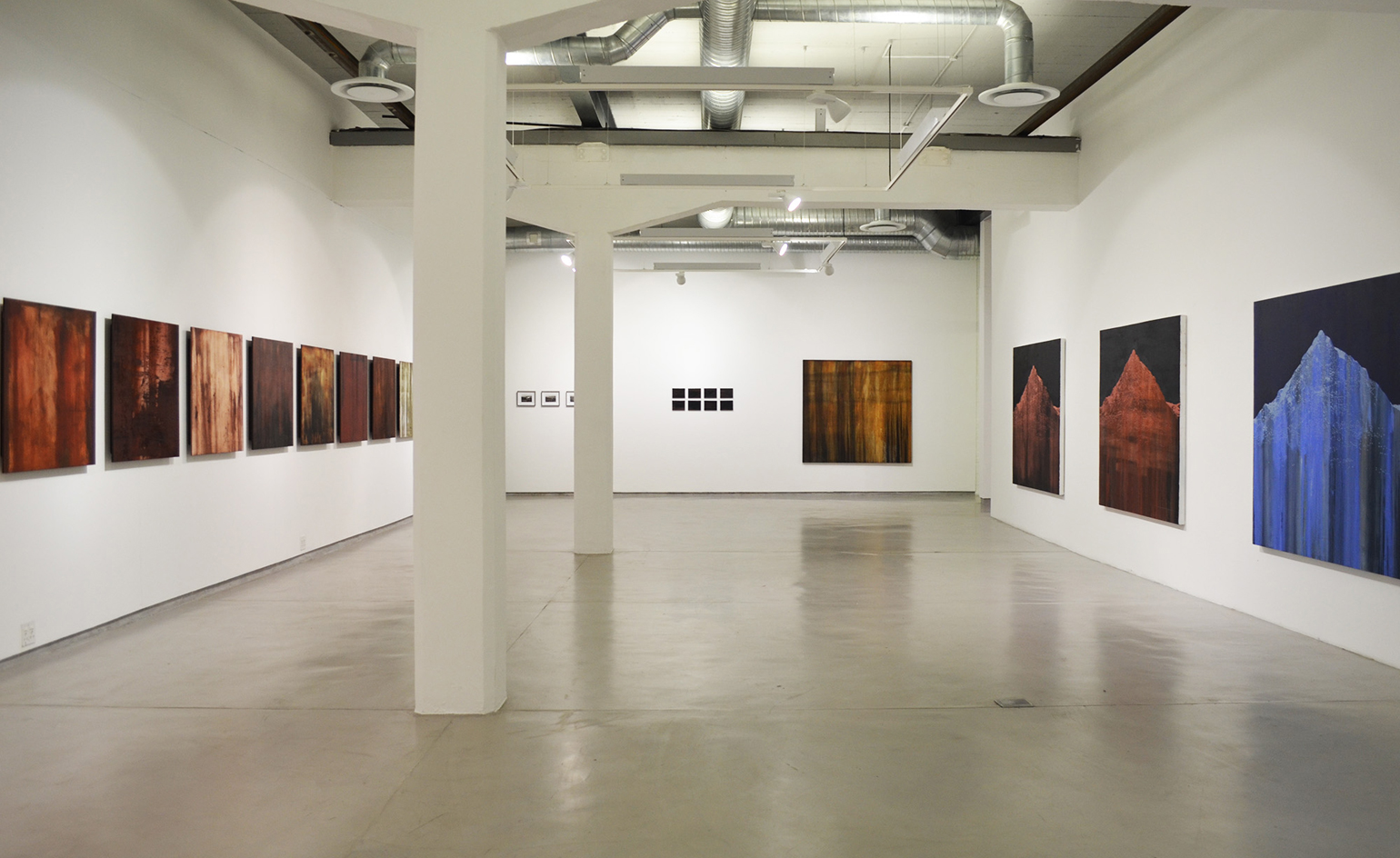
For inspiration, Freemantle swapped his native Table Mountain for the remote Scottish mountaintops of the Rannoch Moor, where he spent time meditating
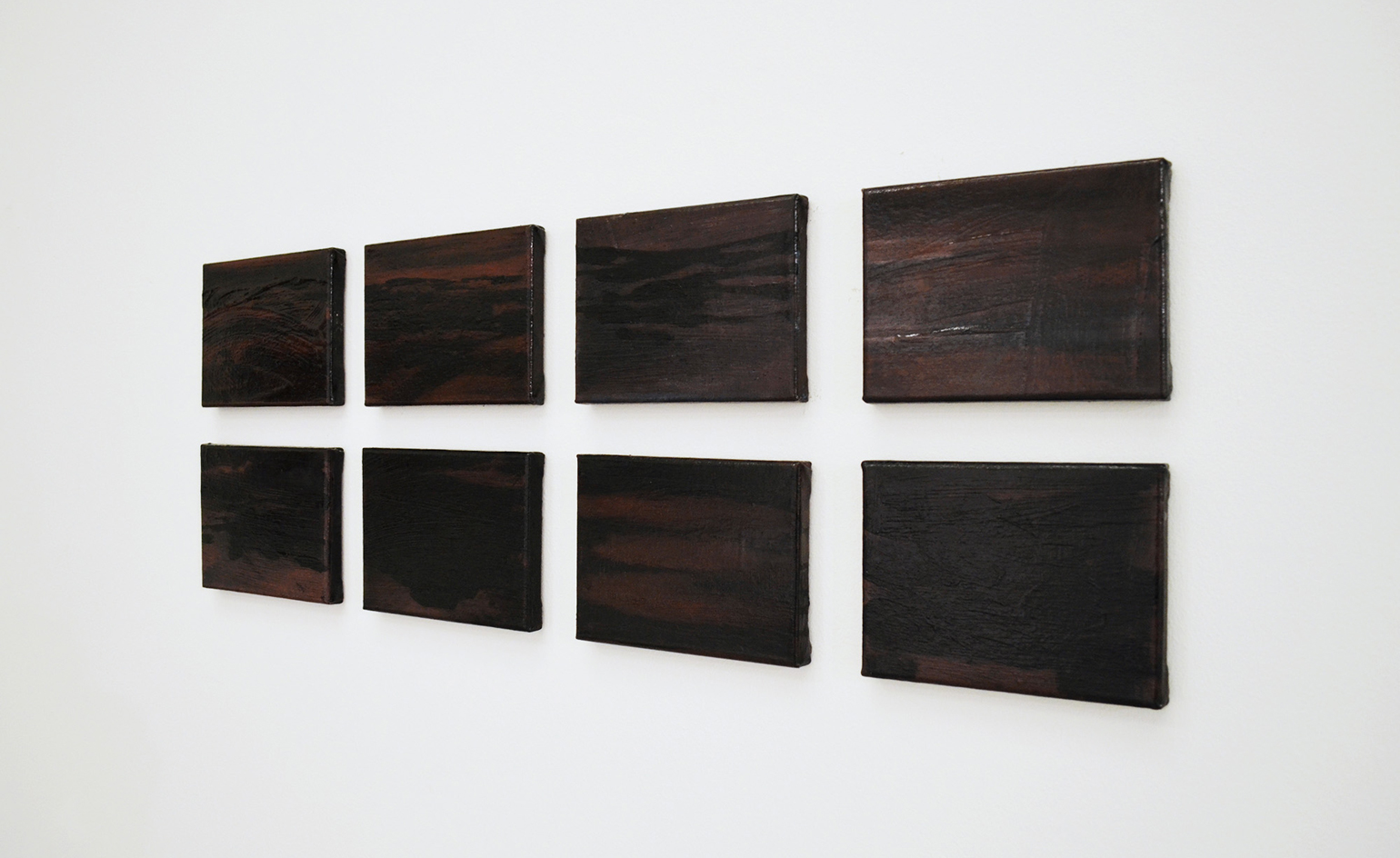
Mountains not only inspired the subject of Freemantle's work, but also made up the material he used. Slates, ochres and rocks scavenged from the Scottish peak were powdered and applied to the canvases to rugged, earthy effect. Pictured: The Last Remaining Wilderness (I-VIII)
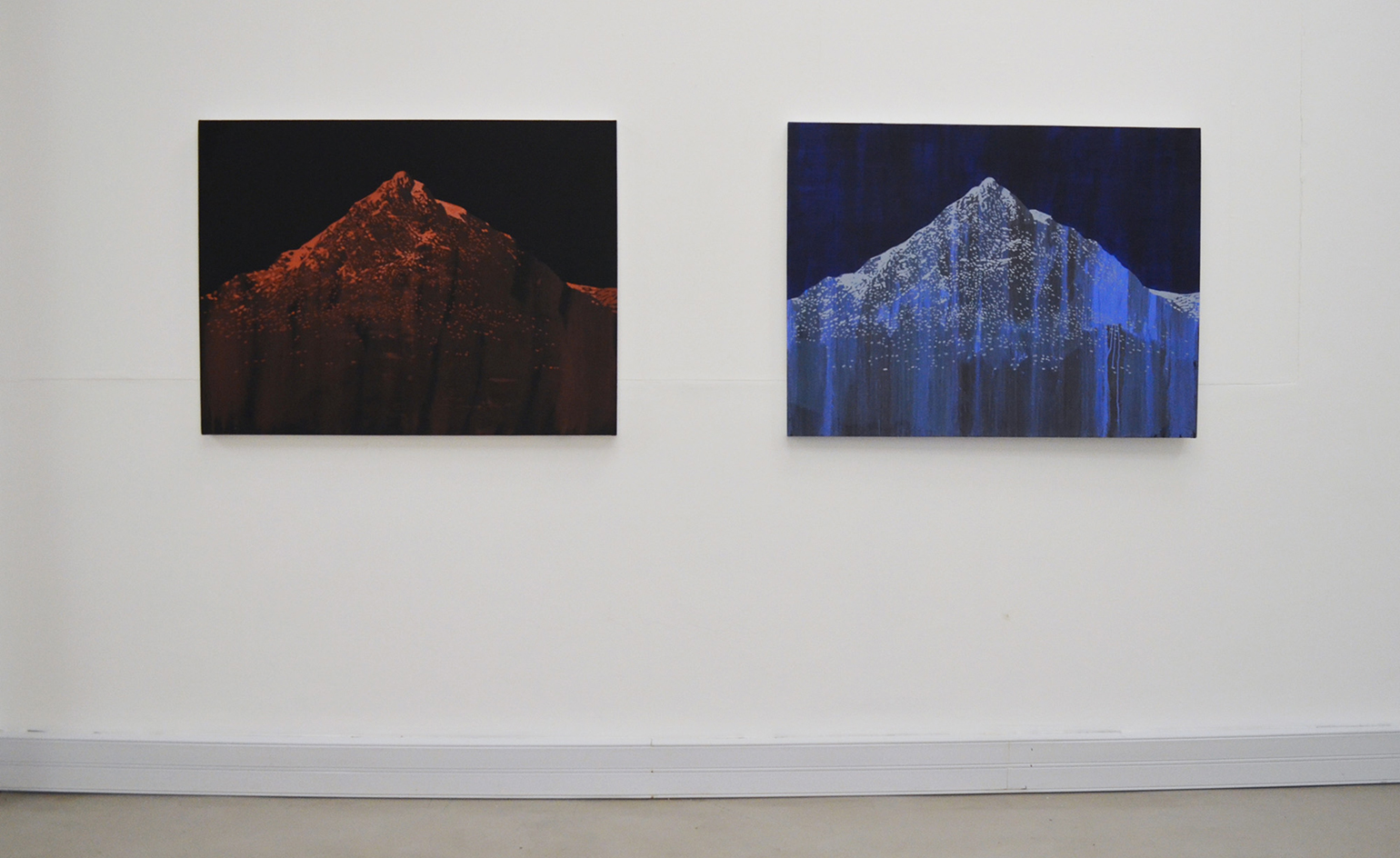
Through the process of grinding the rock, the mountain becomes part of the painting itself. Pictured: 'Der Heilige Berg' (installation view)
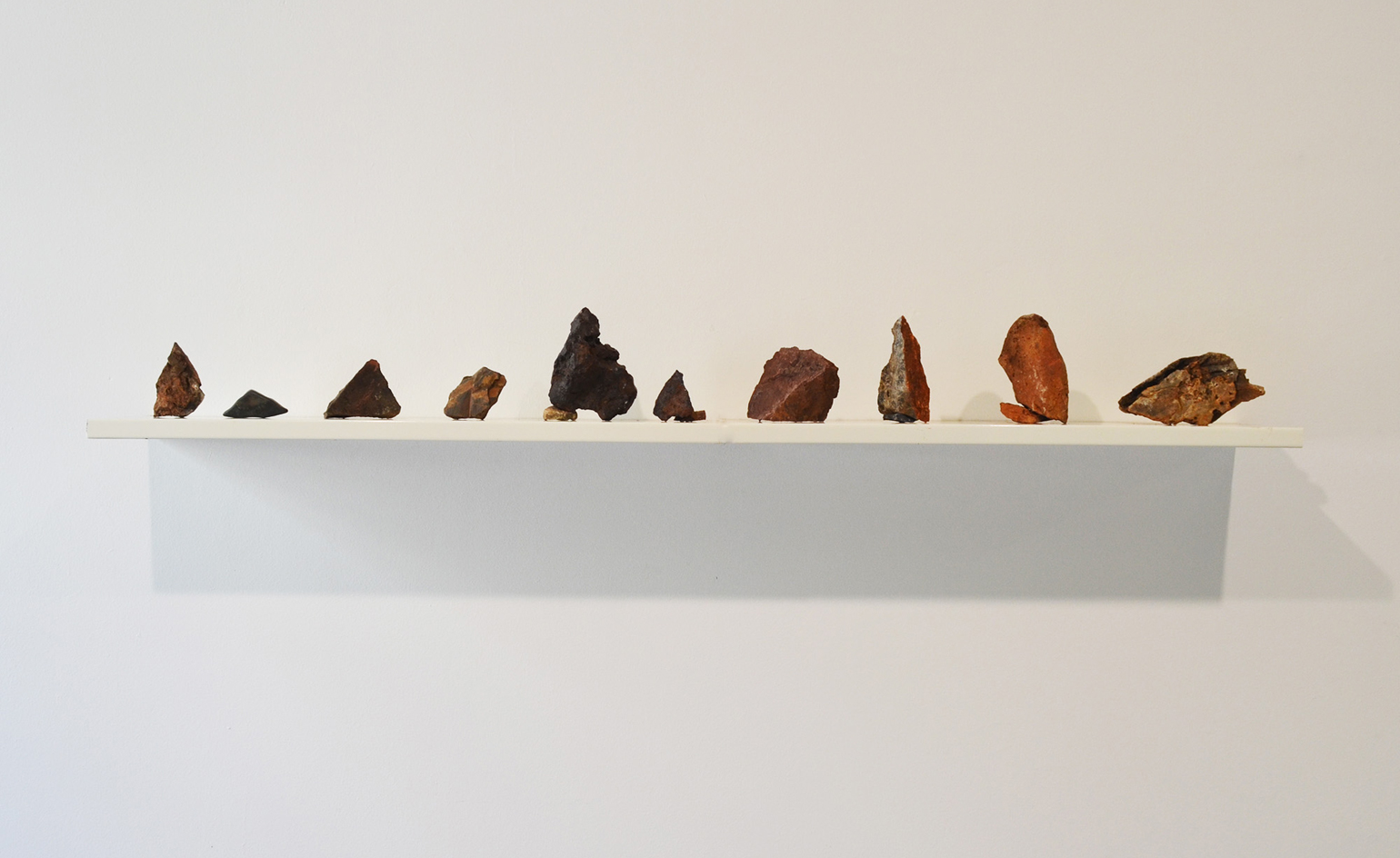
'The rest of the work is a kind of conscious process,' explains Freemantle, 'in the same way that walking up a mountain is a process – at the end is a momentary glimpse of the sublime'. Pictured: Found Mountains
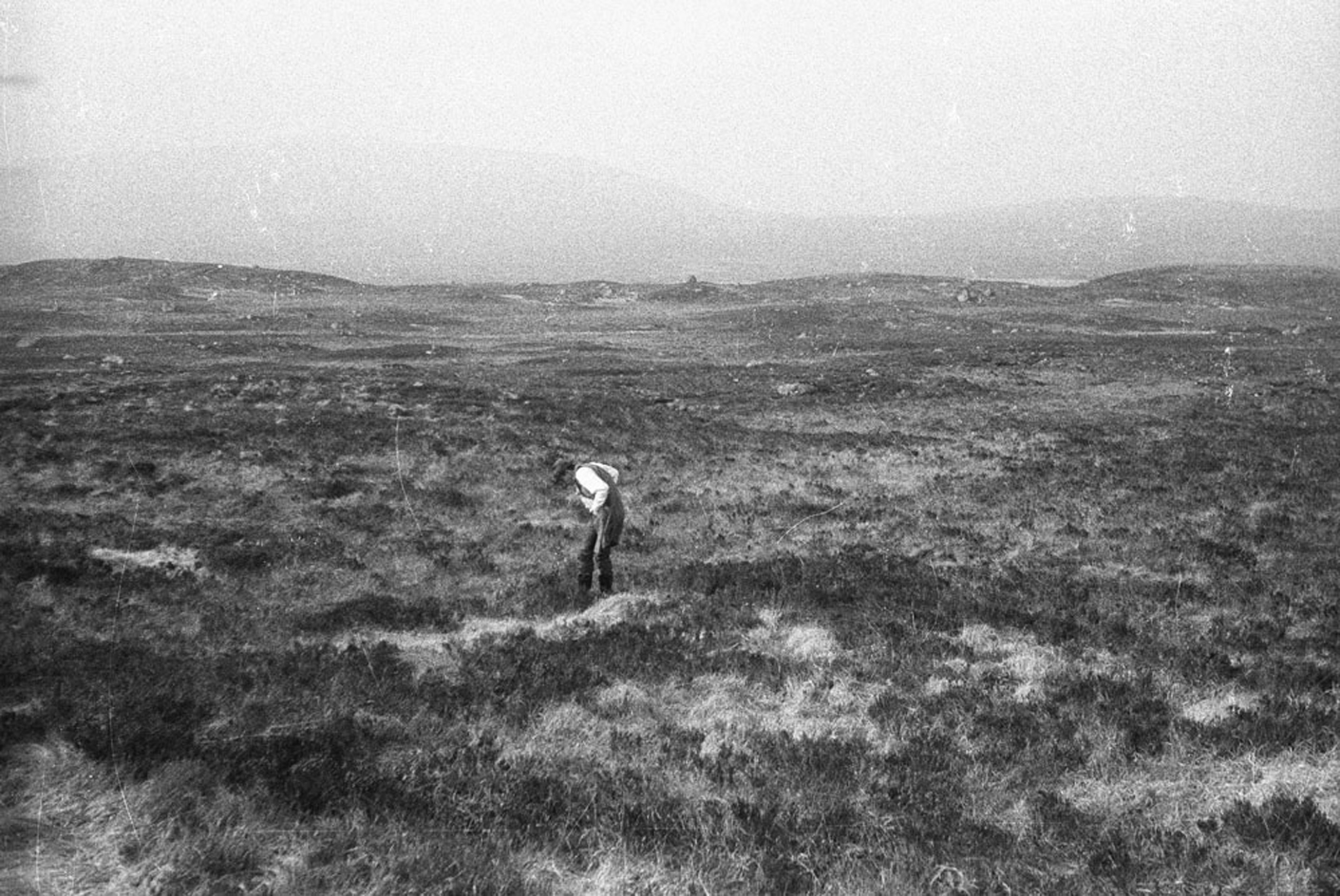
Rannoch Moor. Courtesy Richard Demarco and the Demarco Archive at Summerhall, Edinburgh
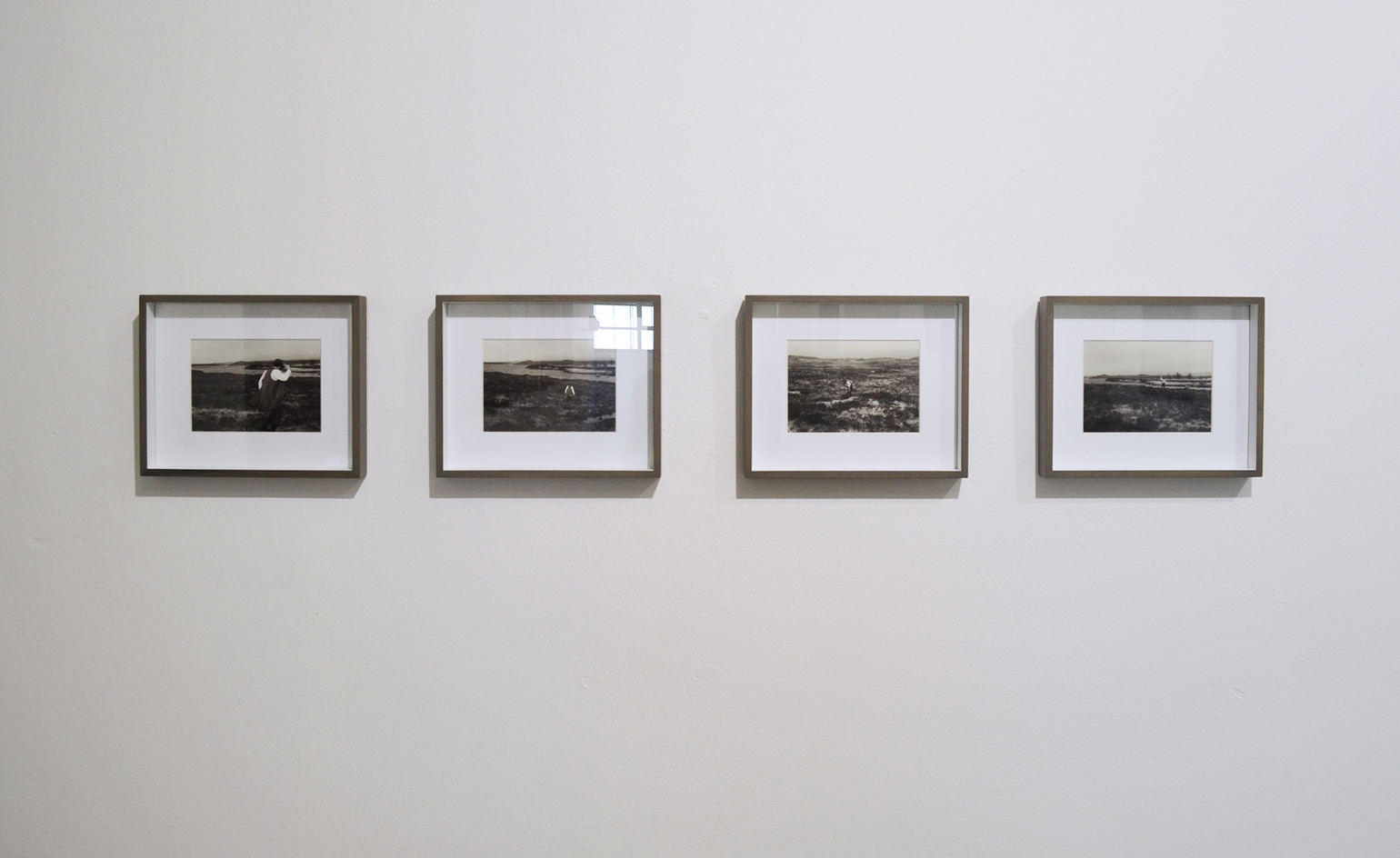
'All I am doing is a conscious walk with the occasional glimpse upwards to check my path', Freemantle modestly concludes. Pictured: Joseph Beuys on Rannoch Moor (installation shot).
INFORMATION
’Der Heilige Berg’ is on view until 23 January 2016. For more information, visit Gallery MOMO’s website, or Freemantle’s website
ADDRESS
Gallery MOMO
170 Buitengracht Street
Cape Town City Centre
Cape Town, 8001
Wallpaper* Newsletter
Receive our daily digest of inspiration, escapism and design stories from around the world direct to your inbox.
Daniel Scheffler is a storyteller for The New York Times and others. He has a travel podcast with iHeart Media called Everywhere and a Substack newsletter, Withoutmaps, where he shares all his wild ways. He lives in New York with his husband and their pup.
-
 All-In is the Paris-based label making full-force fashion for main character dressing
All-In is the Paris-based label making full-force fashion for main character dressingPart of our monthly Uprising series, Wallpaper* meets Benjamin Barron and Bror August Vestbø of All-In, the LVMH Prize-nominated label which bases its collections on a riotous cast of characters – real and imagined
By Orla Brennan
-
 Maserati joins forces with Giorgetti for a turbo-charged relationship
Maserati joins forces with Giorgetti for a turbo-charged relationshipAnnouncing their marriage during Milan Design Week, the brands unveiled a collection, a car and a long term commitment
By Hugo Macdonald
-
 Through an innovative new training program, Poltrona Frau aims to safeguard Italian craft
Through an innovative new training program, Poltrona Frau aims to safeguard Italian craftThe heritage furniture manufacturer is training a new generation of leather artisans
By Cristina Kiran Piotti
-
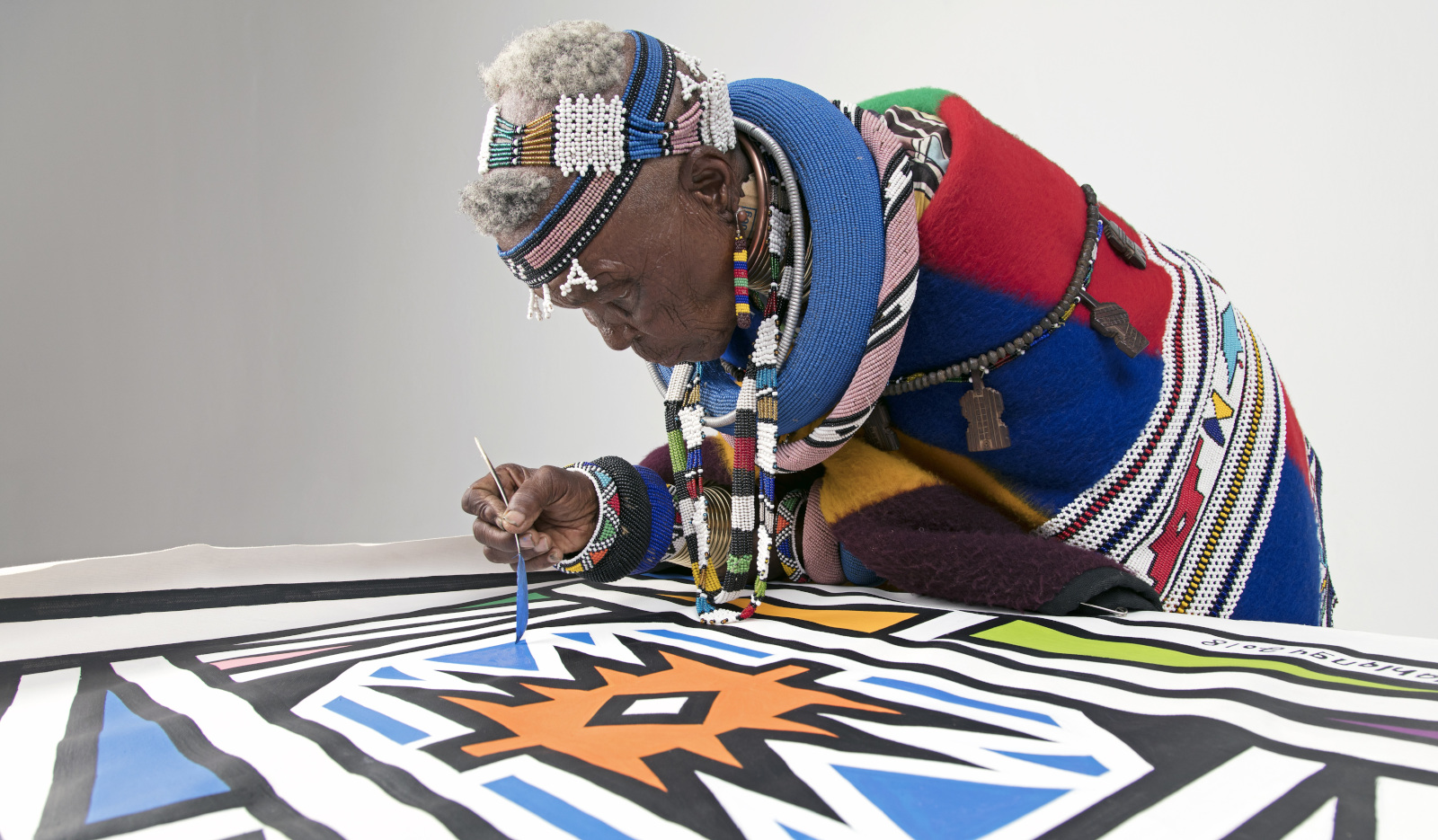 Esther Mahlangu’s first retrospective features the iconic BMW 525i Art Car
Esther Mahlangu’s first retrospective features the iconic BMW 525i Art CarEsther Mahlangu showcases ‘Then I knew I was good at painting’ at the Iziko Museums of South Africa in Cape Town
By Nargess Banks
-
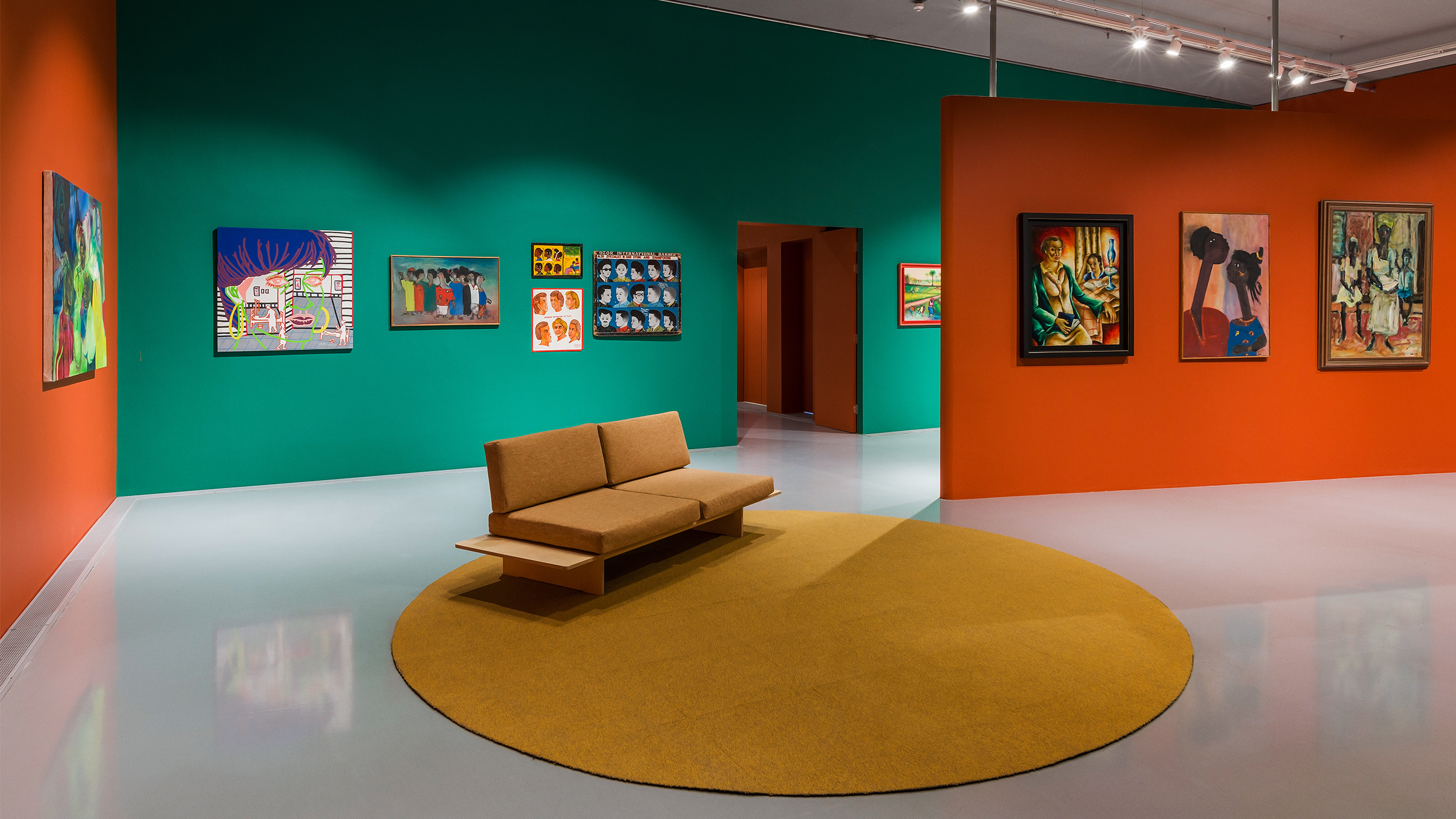 ‘When We See Us’: Black figurative painting at Cape Town’s Zeitz MOCAA
‘When We See Us’: Black figurative painting at Cape Town’s Zeitz MOCAAA group show of Black figurative painting at the Zeitz Museum of Contemporary Art Africa, featuring 156 artists, explores the past and present of self-representation
By Sean O'Toole
-
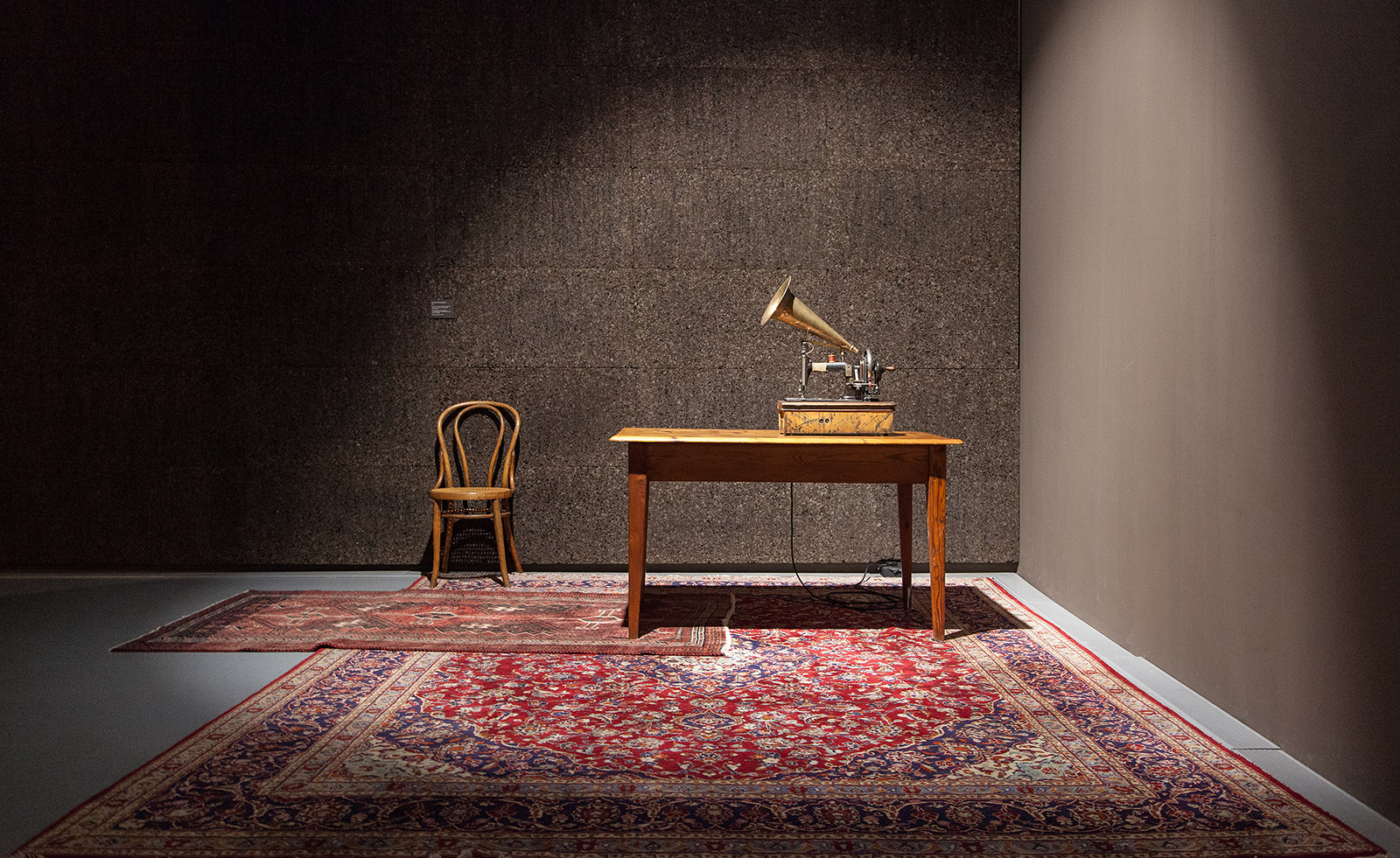 William Kentridge unpacked in dual Cape Town museum survey
William Kentridge unpacked in dual Cape Town museum surveyA double bill across Zeitz MOCAA and Norval Foundation explores the South African artist’s rich oeuvre of sculpture, charcoal drawings, stop-frame animation, multimedia works, tapestries and more
By Sean O'Toole
-
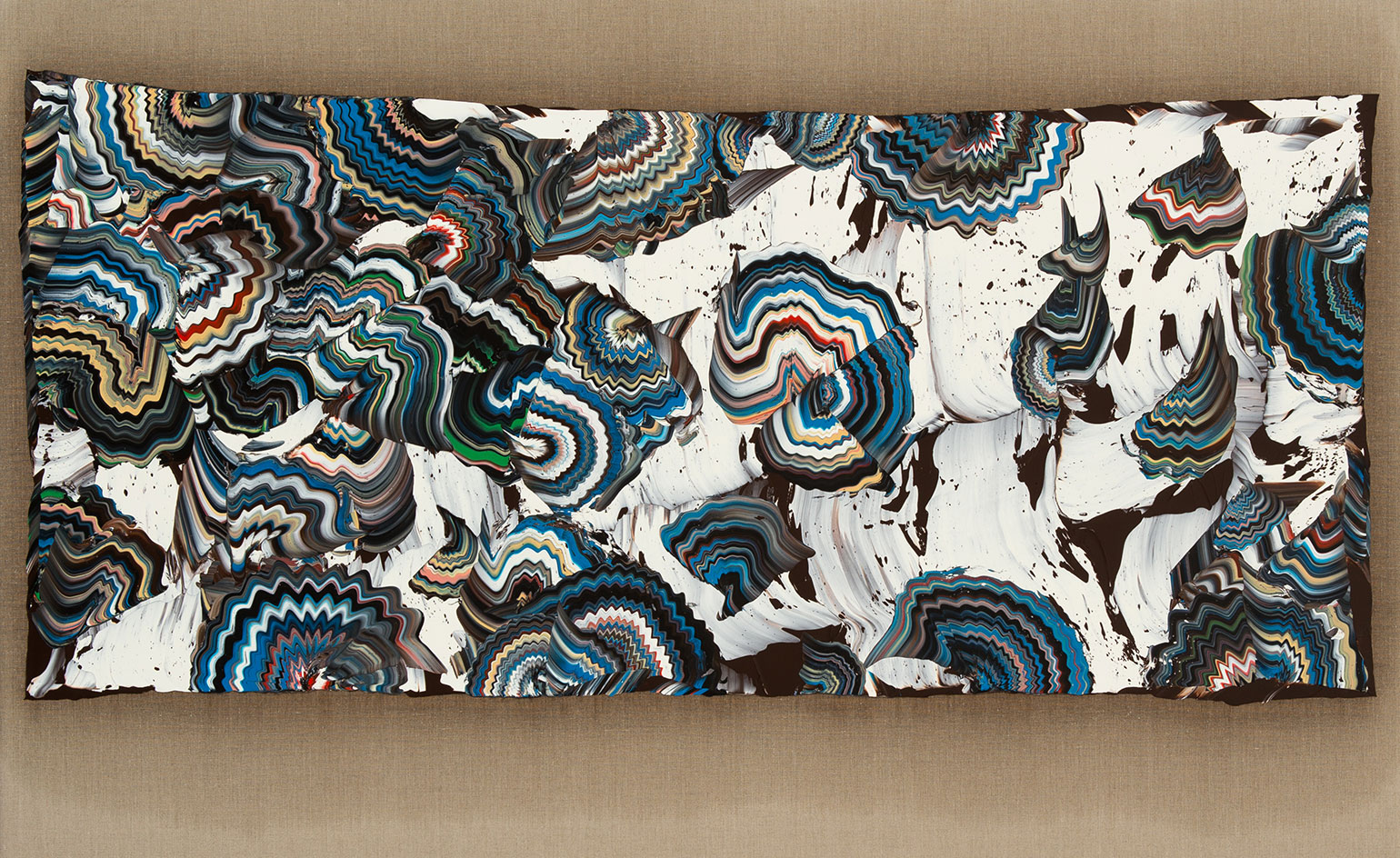 Zander Blom explores 21st century modernism at Stevenson, Cape Town
Zander Blom explores 21st century modernism at Stevenson, Cape TownBy Daniel Scheffler